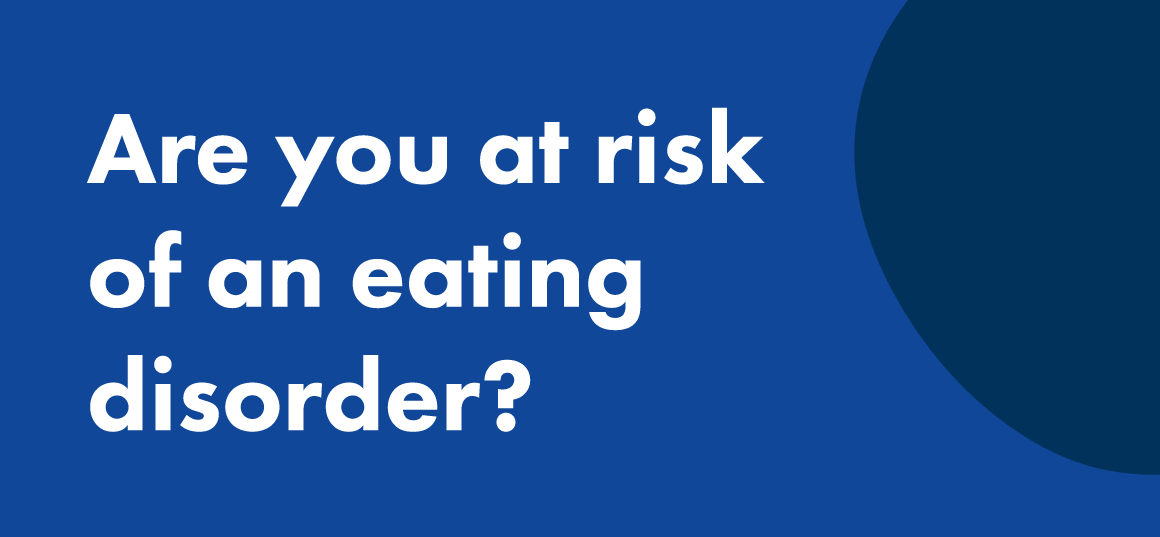Why we need to change the body image conversation amongst young males
When we think about body image issues, many people still believe these issues only affect adolescent girls. However, body dissatisfaction does not discriminate and as research becomes far more inclusive of males, the prevalence and experiences of males is becoming better understood.
A consistent finding is that stigma remains a significant barrier to males seeking help when serious body image, eating and exercise issues develop.
While the muscular body ideal has not significantly changed over time (think the Greek god ‘Adonis’) what has changed is the intensity and exposure to these ideals; media, social media, sport, gaming and also to a lesser extent in the toys designed for young boys. Parents may have noticed the increased muscularity in action figurines, and super hero costumes?
The harmful message reinforced to males through the promotion of muscular body ideals, is that the strength of a man can be ‘seen’, that stature and size defines self-worth and can guarantee success in life. The topic of masculinity is of course a complex one, but it is important that the role of muscularity and the pursuit of male appearance and body ideals is a considered piece of the puzzle. It’s also important not to over-simplify this issue for males, as the relationship a person has with their body is complex, personal and influenced by many things.
Unfortunately when males are feeling unhappy with their weight, shape, and muscle size, they are at greater risk of engaging in harmful behaviours such as restrictive eating, over-training/exercise and excessive use of supplements and steroids to change the way they look, in the hope that it will change the way they feel. Sadly, research reports that these behaviours are increasing in adolescent boys.
So how do parents support their sons to develop a healthy body image? More importantly, how do parents include boys in the body image conversation and challenge masculine and muscular ideals. Here are some other ideas:
- Be a consistent and positive role model – preaching is not super effective with young people, so show them what they can be. Demonstrating positive, balanced attitudes and behaviours to body shape, size, weight, eating and exercise is one of the most powerful things you can do.
- Deconstruct the toxic stereotypes that limit males.
- Express emotions positively and encourage boys to do the same.
- Use positive, kind and non-shaming language to discuss and/or describe all bodies – in all people, of all ages. No one truly knows what others have or are experiencing.
- Do not tolerate body and appearance shaming, teasing and bullying. While some may argue ‘it’s just a bit of banter’ comments about appearance stick but can also place a person at risk of developing more serious body image and eating issues.
- Compliment and celebrate more than muscular strength and sporting ability in males.
- Highlight internal attributes that can’t be seen – e.g. creativity, kindness, passion, sensitivity, effort.
- Engage in and encourage non-competitive physical activity for health and mental health gains, rather than aesthetic ones.
- Ensure exercise and eating behaviours that are often celebrated as ‘disciplined’ aren’t masking a more serious issue. Can a break from training happen without stress? If injured or unwell, are they resting?
- Strive not to take fashion and appearance too seriously – if a boy or man wants to look ‘good’ then this is ok and not ‘wrong’, and nor should they be shamed for this. Fashion and hair styles can help to express personality and are a genuine interest for many males. It’s important to keep this in check as striving for perfection in physicality and appearance can become problematic and impact mental health negatively.
- For those with sons involved in competitive sport – ensuring training volume and intensity is appropriate for their age and level of competition and that their nutritional needs are met and that balanced nutrition is used for recovery and performance, instead of turning to supplements.
- Demonstrate and encourage help-seeking – for the little and big things.
Article originally seen in the Daily Telegraph (https://bit.ly/3bAQXju).
If concerned, don’t dismiss or overlook potentially harmful behaviours simply because they are a boy. Trust your instincts, you know your son. Asking for help is a sign of strength, even if it is done on their behalf.
For more information on body image and eating disorders in males please visit the www.butterfly.org.au or should you require support, advice or referral information please contact the Butterfly National helpline www.butterflynationalhelpline.org.au






















